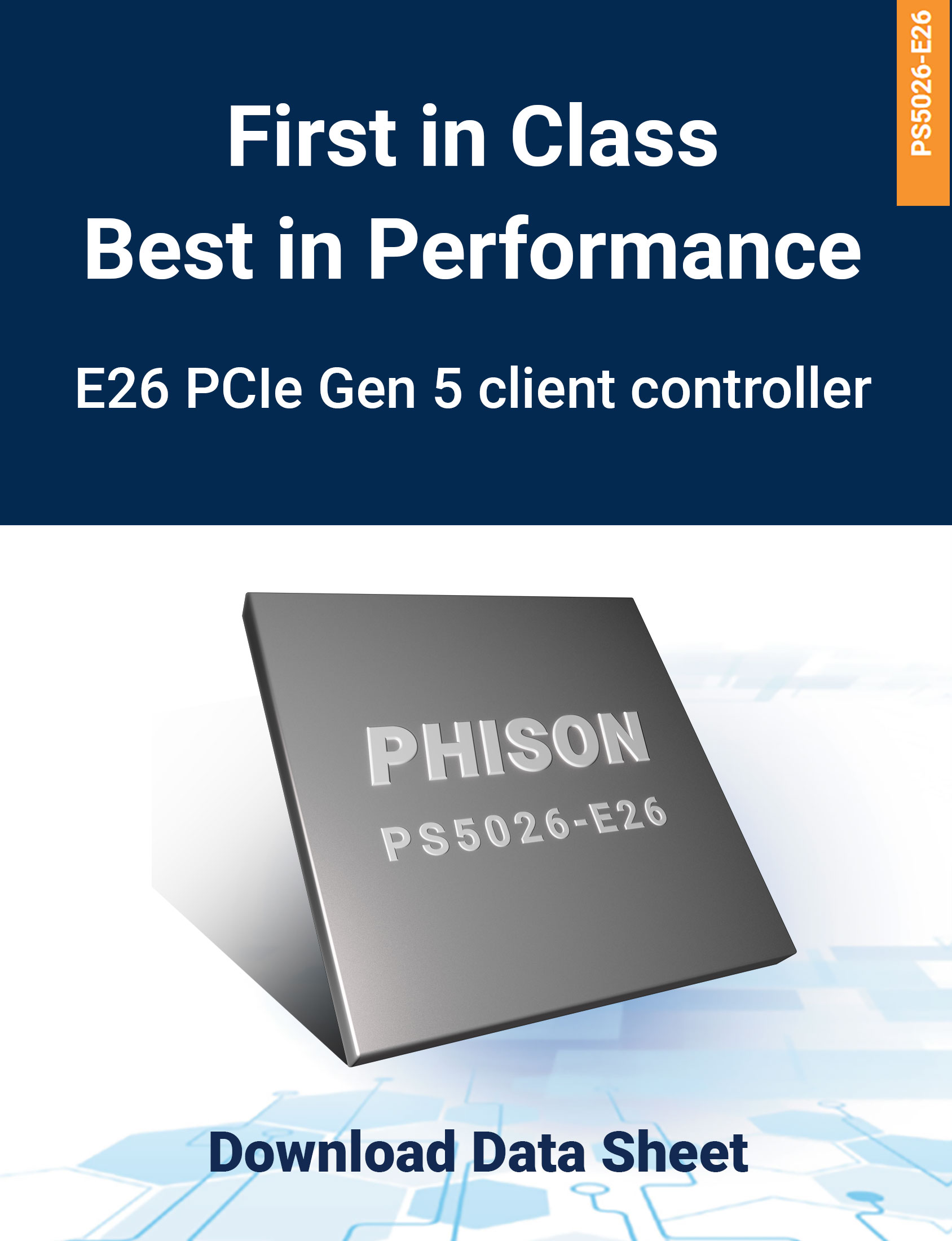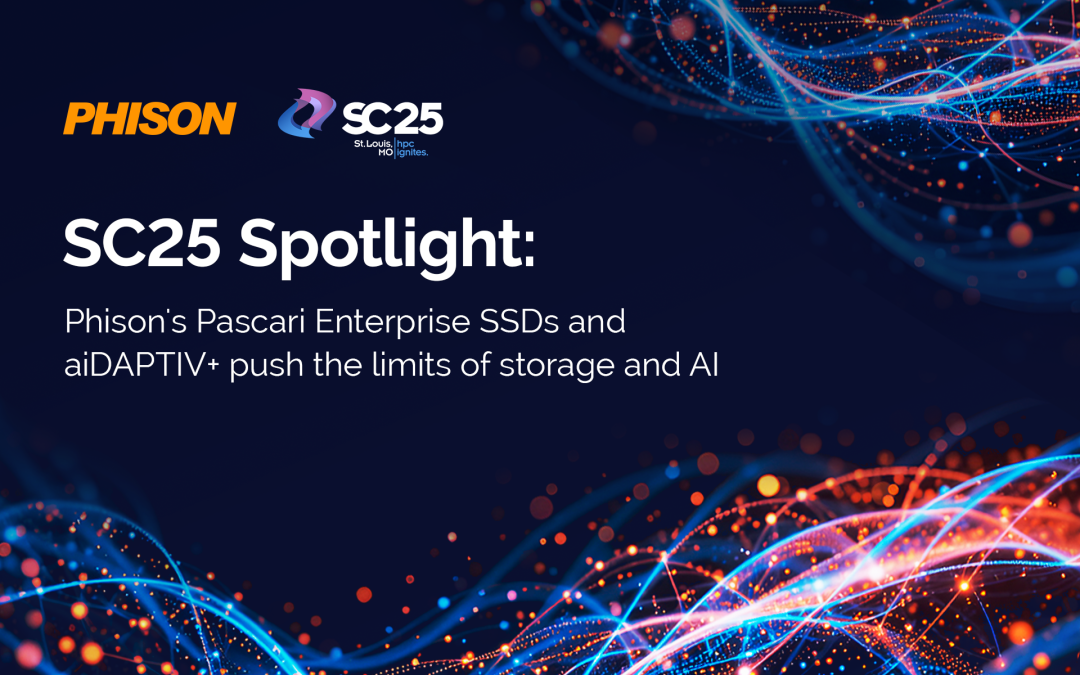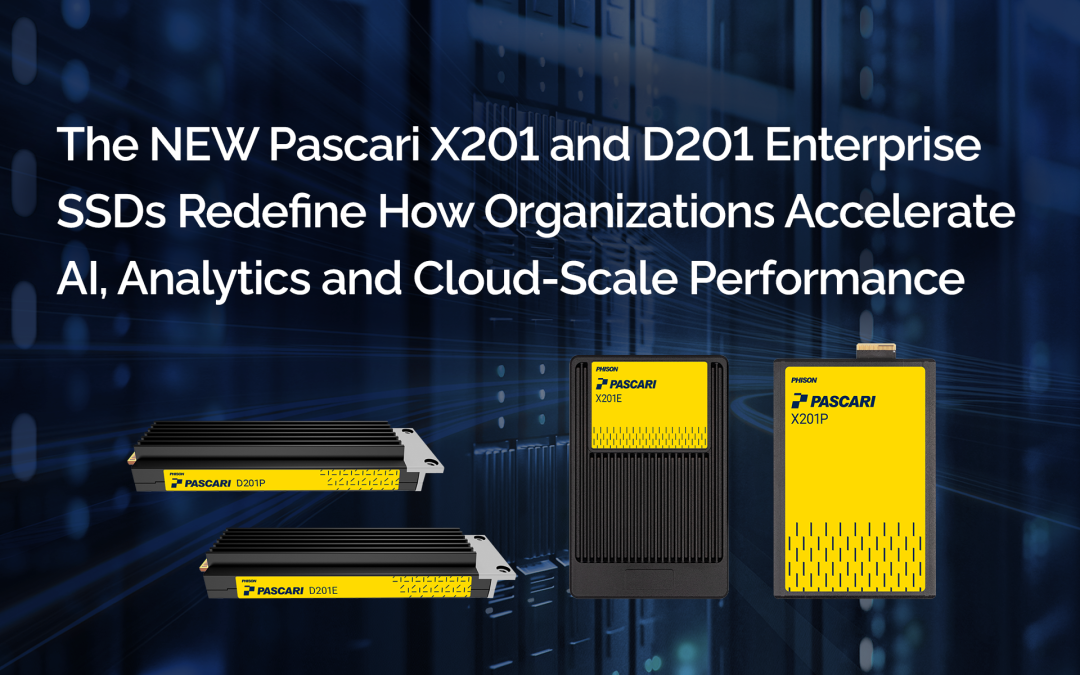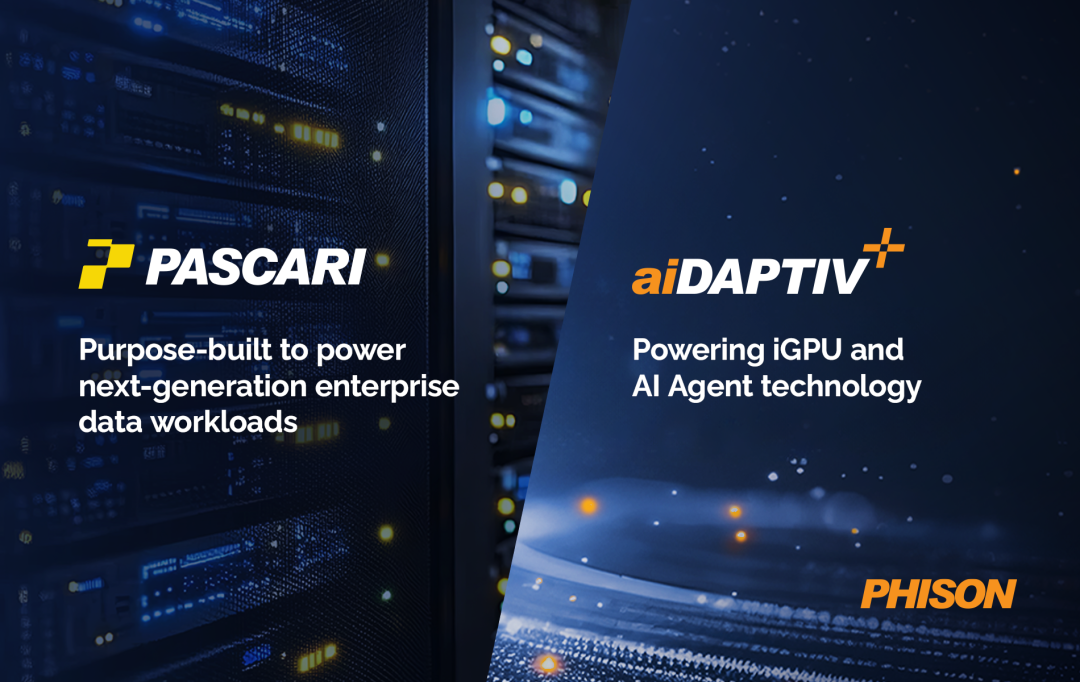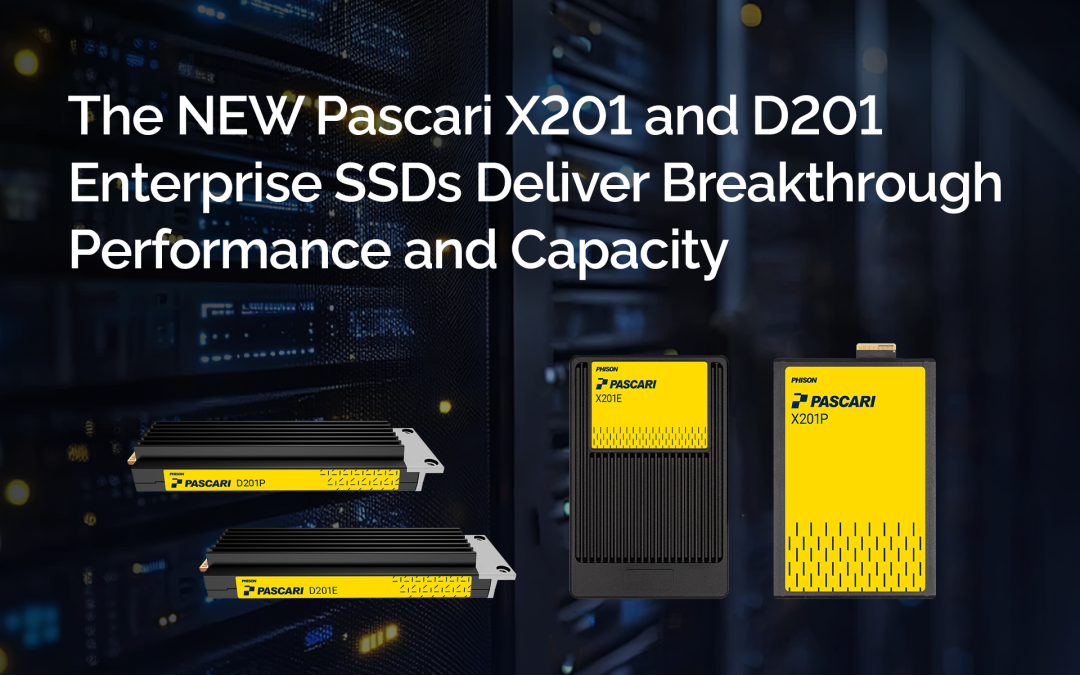Firmware is a critical component of solid state drives (SSDs). Essentially software code written and stored in the flash storage section of an SSD, its purpose is to dictate how and where the controller writes data. Firmware also allows the drive to communicate with the rest of a computer system, such as the processor, RAM or graphics card.
Firmware development entails developing algorithms and writing code to customize how you want an SSD controller to behave. You can also write code for features that make the SSD perform better and store data more efficiently. Because firmware is updateable, manufacturers often release updates that further enhance the performance and reliability of the SSD.
Considering a career in custom firmware development?
For about 15 years, digital data storage has been a fast-growing field. Before that, SSD controllers were somewhat bare bones and NAND flash management was new. There weren’t many people who could be considered experts in SSD firmware. Things have changed a lot since then. SSD controller technology has evolved and become common in the industry, and so have connected digital devices that need firmware. Today, SSD firmware developers are in high demand.
Firmware developers need to have a deep understanding of both hardware and user application layers.
They must also have a good understanding of computer architecture, storage systems, programming languages such as C, C++ and even assembly language. Developers typically work closely with other teams, such as hardware, software and manufacturing, to ensure the firmware integrates well.
A career in firmware development is challenging but can also be very rewarding. It requires a person who collaborates and works well in teams, communicates well and is passionate about coding. Some of the tasks required of a firmware engineer or developer can include:
-
-
- Developing and debugging firmware for enterprise SSDs, smartphones, gaming consoles and more
- Working with customers to understand their needs and then develop features to meet those needs
- Help customers adopt and optimize their SSDs
- Test and analyze SSDs and find solutions when customers experience SSD issues
-
Phison is a world leader in customized SSD solutions
Known for producing the world’s first single-chip USB flash drive, Phison has more than two decades of experience and leadership in NAND flash controllers and SSD data storage solutions. The company spends a significant portion of its annual budget on R&D because Phison leaders are committed to staying on the cutting edge of NAND flash and SSD technology to serve its customers as those technologies evolve.
A differentiator for Phison is that it owns and develops its NAND flash controller IP internally, freeing the company from having to rely on external companies for controller IP. Phison has almost 2,000 memory-related patents across the world and its global market share of SSD controllers exceeds 20%. With a high level of vertical integration, Phison is able to offer customers substantial flexibility in SSD customization.
Phison employs more than 3,800 people worldwide and more than 75% of engineers. The company’s firmware developers are creative problem solvers and a critical part of the vanguard that keeps Phison competitive. Developer Jerry Hu said, “I enjoy working with cutting-edge technology and leading in innovation in the storage industry—for example, by releasing the world’s first Gen4/Gen5 SSD.”
Hu sees a bigger purpose in his role at Phison, too: ” By continuing to push the storage boundaries of what is possible in modern technology, our effort can really make the world a different place—faster and more efficient.”
Another developer, Henry Hu, said he enjoys working with other talented engineers that push him to become better. His advice to people seeking careers in firmware development is to be open-minded about electrical engineering in addition to computer science—and to enjoy “getting to the bottom of something” when it comes to problem solving.
Phison partners with other industry leaders to make SSD customization and optimization simple and efficient. The company has a proven history of developing firmware features and capabilities that put Phison products at the forefront of innovation. The following are some of the ways Phison is staying ahead.
IMAGIN+ platform
Phison recently launched its upgraded customization platform IMAGIN+, which offers R&D resource sharing and ASIC design services for NAND flash controllers, storage solutions and more. The renovated service empowers customers to get customized ASIC chips and NAND flash storage solutions that can support evolving and emerging technologies such as AI as well as deliver the signal integrity and power management today’s companies demand.
Gen5 E26 SSD and game-optimized I/O+ firmware
Phison’s E26 is the world’s first PCIe Gen5 consumer SSD—and it exceeded a blistering 100 MB/s in an industry-standard RND4K Q1T1 read test. The high-performance SSD includes the company’s I/O+ technology, which was designed specifically to give even more speed and performance to users when running sustained read workloads that go on for hours. Those workloads include gaming, code compiling, video special effects rendering, machine learning and video rescaling for different platforms.
Powerful “self-defending” SSDs
Phison teamed up with embedded cybersecurity leader Cigent to build cybersecurity right into its SSD firmware. The self-defending drives offer enhanced protection against ransomware, data theft and malicious insider theft. They can detect potential attacks by spotting suspicious access patterns, recognizing when the drive has been disconnected and sensing when the device is being moved. Defensive countermeasures include alerting the user via a support application, locking down the drive to prevent access and even completely erasing the drive in the most extreme cases.






